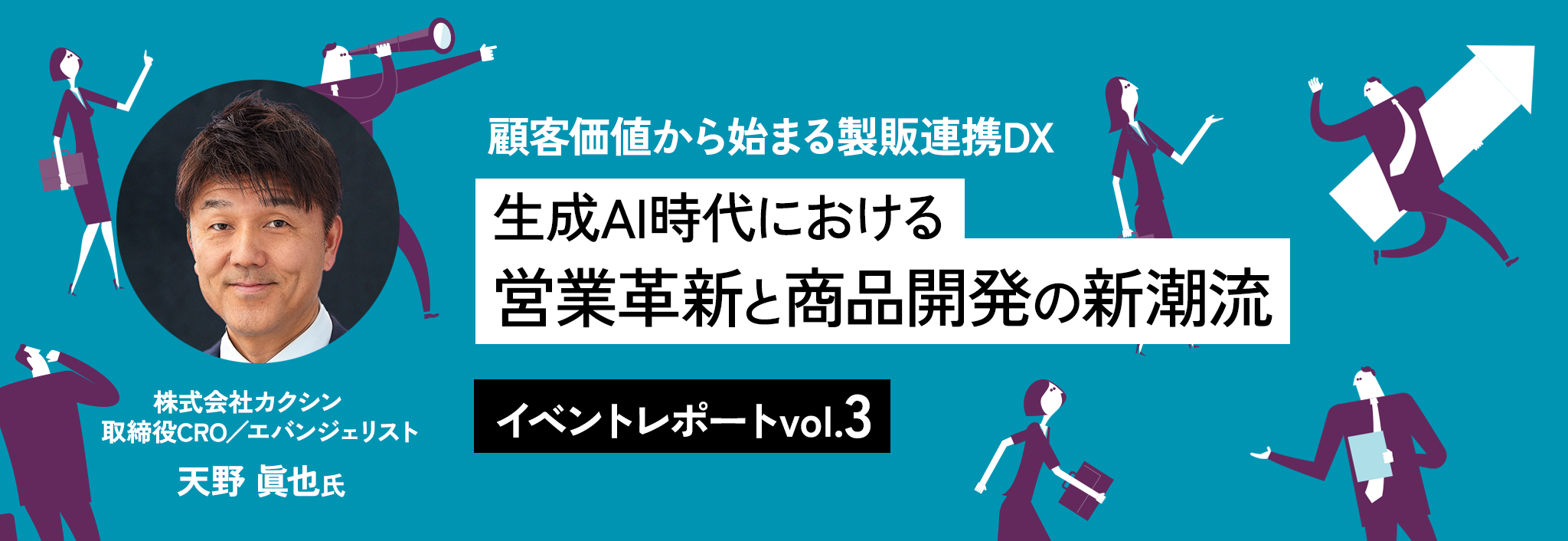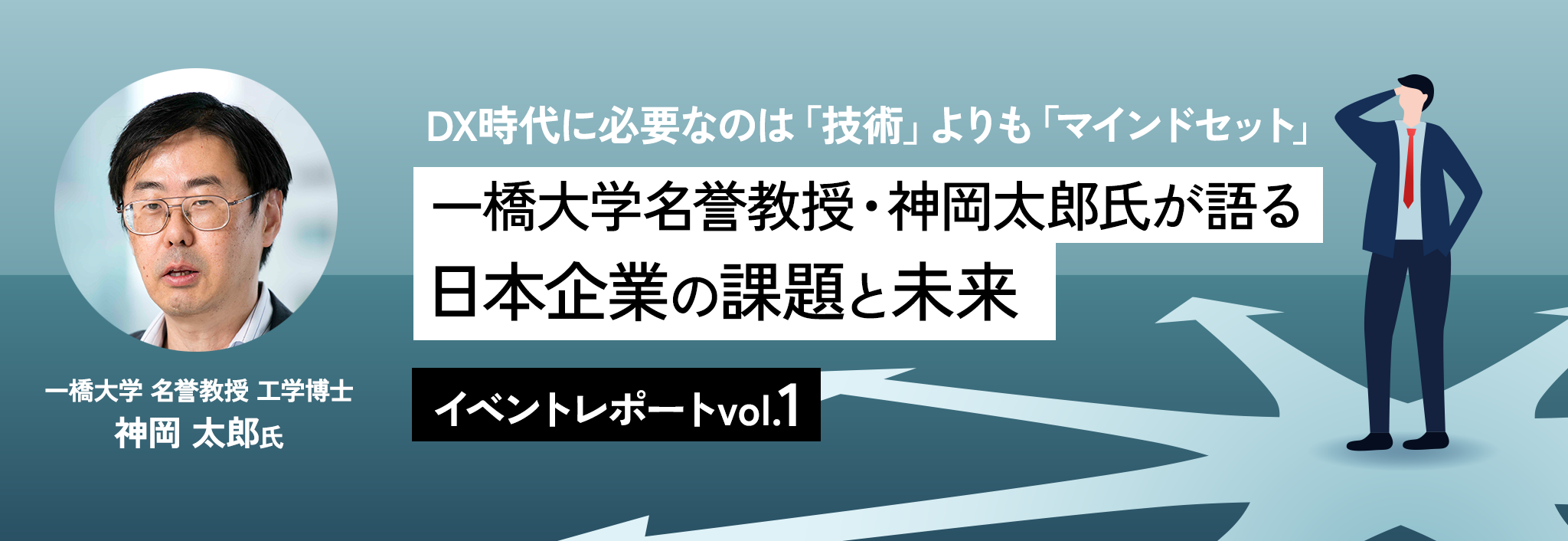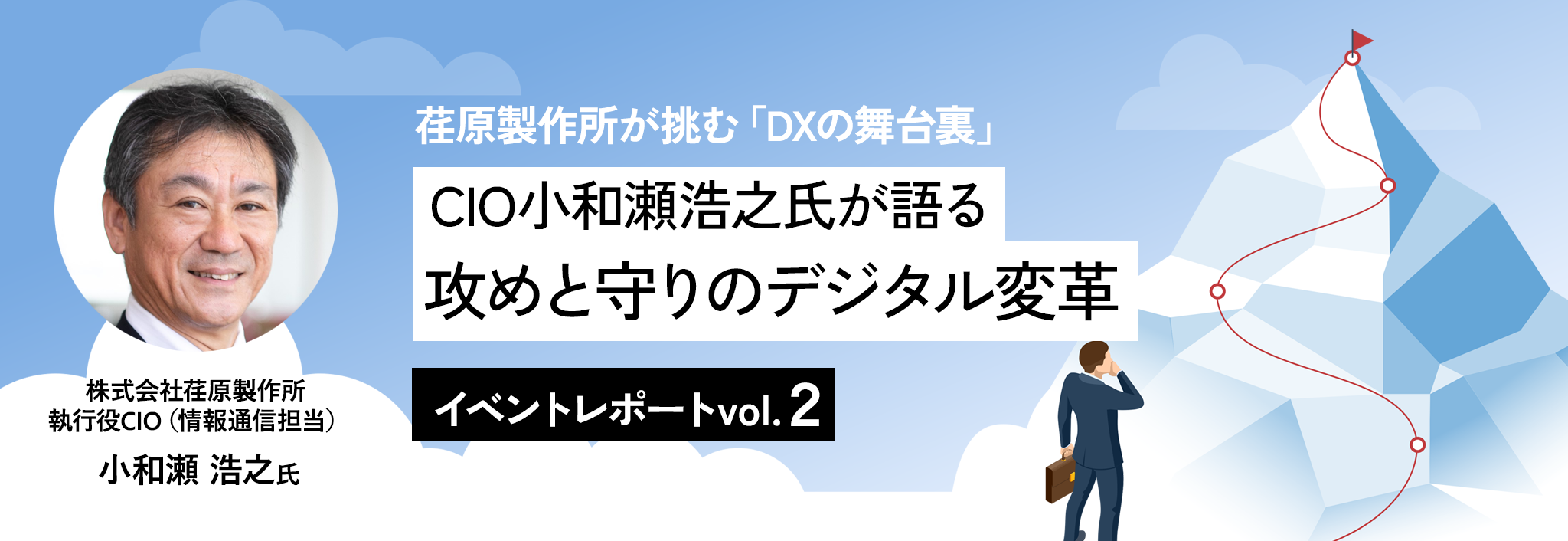
As DX (digital transformation) becomes a global trend, what is the optimal solution for Japanese companies?
"Japanese-style DX" is attracting attention as it goes beyond simply introducing systems and increasing efficiency, and instead promotes change by leveraging the strengths of the workplace.
At the "Executive Knowledge Sharing Forum - Surviving in an Accelerating Global Change - Japanese-Style DX Combining Craftsmanship and Digital," held recently by Macnica, three speakers spoke about DX from their own perspectives and shared multifaceted perspectives on the Japanese way of DX.
This article will present the contents of each lecture in three columns.
[Speaker information]
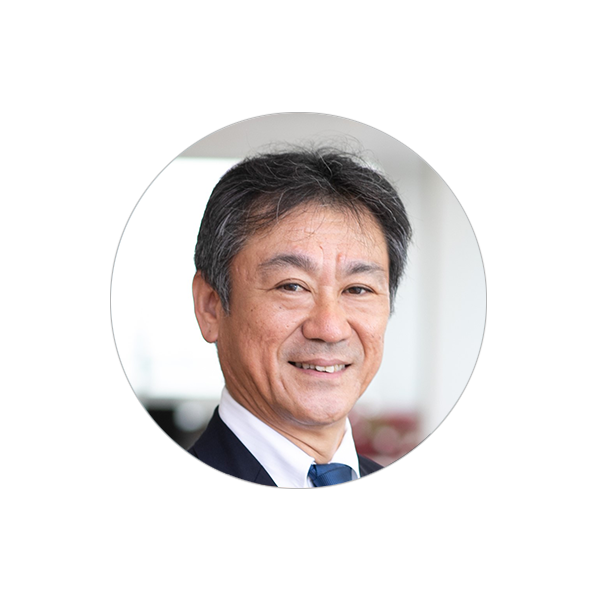
Executive Officer and CIO (Information and Communications), Ebara Corporation
Hiroyuki Owase
Introduction
Ebara Corporation is a long-established company founded in 1912. It currently employs approximately 20,000 people and has 111 affiliates worldwide, achieving continued growth with sales approaching 1 trillion yen. While the company's original business was pumps, it has now seen significant growth in its precision and electronics business, centered on semiconductor manufacturing equipment. The company offers a range of products that support infrastructure both domestically and internationally, and its technology underpins the foundations of people's lives, from the National Stadium and Roppongi Hills to the Singapore LION. In his presentation, Mr. Kowase introduced the company's digital transformation initiatives. His candid discussion of the challenges and issues that lie behind the scenes, rather than merely highlighting superficial success stories, was impressive.
dX or Dx: The essence of successful DX
The first question Owase posed was "dX or Dx?" In other words, the debate was about whether to use digital (D) or transformation (X). "Successful companies use a lowercase d and a capital X, 'dX.' The goal is transformation, and digital is merely a means to that end," he said. Conversely, he warned that companies that only try to adopt DX in name only emphasize the "D," which ends up becoming "Dx," and does not lead to true transformation.
Ebara Corporation has placed DX at the core of its management strategy in its medium-term management plans, "E-Plan 2025" and "E-Plan 2028," with the management, operations, and IT departments working together to promote it. Owase emphasized that this"integration of the three"is no longer a sufficient condition, but a necessary one for advancing DX.
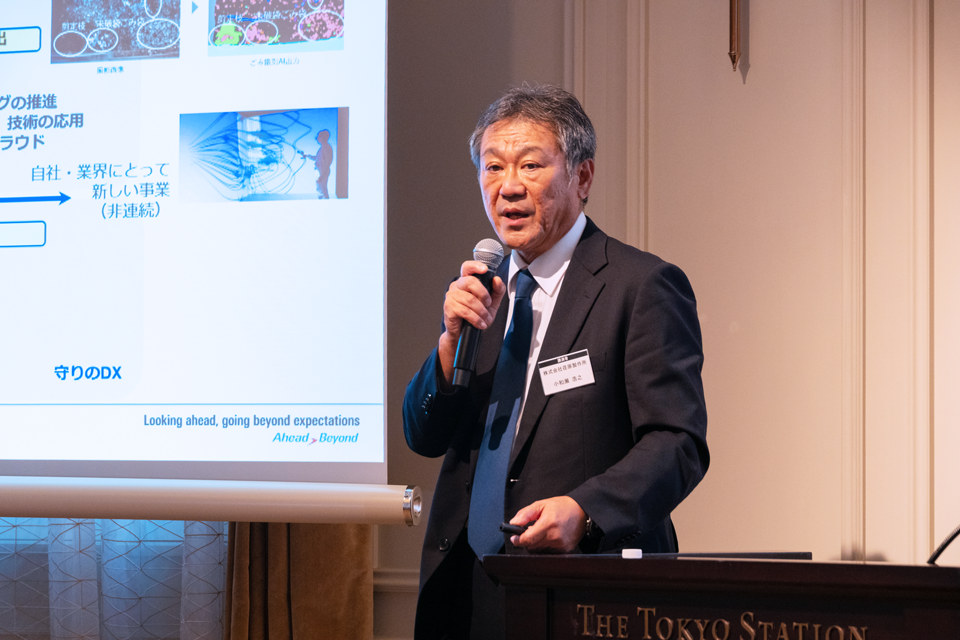
Offense and defense: two digital transformation approaches
Ebara Corporation's DX is classified into "offense" and "defense."
Defensive DX: Standardization and infrastructure development aimed at improving productivity and operational efficiency. Emphasis is placed on building a foundation that supports integrated global operations.
Aggressive DX: A challenging initiative aimed at creating new value. This requires a more creative approach, including developing new services for customers and new businesses.
Owase emphasized that "aggressive DX is a business strategy itself, and should be led by the operations side." He stated that the essence of aggressive DX is to create new value from scratch, rather than simply extending what has been done in the past.
Design Process Reform - 3D Automated Design and Generative AI
Design is an essential process in the manufacturing industry, and Ebara Corporation is introducing major digital transformation into this area. Previously, the mainstream method was called "reuse design," which involved making modifications based on previous drawings. However, this method was prone to becoming dependent on individual skills, and there was a lot of rework due to missed changes.
So the company introduced a system that uses 3D CAD and master models to automatically generate designs prepared at night by the next morning. This has reduced design time by up to 80% and significantly reduced rework. The company is currently also working on automating specifications using generation AI, and further efficiency gains are expected in the near future.
The existence of a Data Strategy Team (DST)
To promote aggressive digital transformation, Ebara Corporation established the Data Strategy Team (DST). The DST reports directly to the CIO and is positioned as a creative group that creates value from scratch. The team is characterized by its diverse workforce. It brings together talent with backgrounds not typically found in manufacturing, including a producer with experience in television production and film VFX, a neuroscience expert, and someone with a background in the gaming industry. They utilize video production and virtual production, and generative AI to create new value.
Digital Twin and the Factory of the Future
Ebara Corporation is promoting the use of digital twins at its factories. Digital twins have made it possible to identify the causes of defective products by looking back at the past and to conduct simulations of the introduction of AGVs in advance.
"Data-driven decision-making has led to more stable productivity and quality, and has enabled flexible information sharing across departments and locations," explains Owase. These efforts are not just about improving factory efficiency; they are also an attempt to design the production system of the future.
Behind the Scenes of DX: Challenges and Human Resource Development
Behind the flashy digital technology lies the hard work of the people on the shop floor. Mr. Owase revealed that "the factory lacked standard work procedures," and introduced an initiative to verbalize the skills of skilled workers.
Furthermore, in the Precision Machinery Business Division, where the number of employees is increasing, the proficiency level of workers is defined as levels 1 to 4, and detailed management charts are created for each cell production. To complement OJT and procedure manuals, a self-directed learning environment utilizing digital technology is being established. He emphasized that without this kind of infrastructure in place, no matter how advanced the technology is, it will not take root.
A CIO's Perspective: DX is Cultural Change
Owase said, "DX may seem flashy, but in reality it is the accumulation of steady efforts to change people and culture." He pointed out that simply introducing digital tools is not enough, and that it is important to formalize on-site knowledge and incorporate it into the organizational culture.
The company's case demonstrates that DX is not simply an issue for the IT department, but must be positioned as a "company-wide cultural transformation"driven by a trinity of management, operations, and IT.
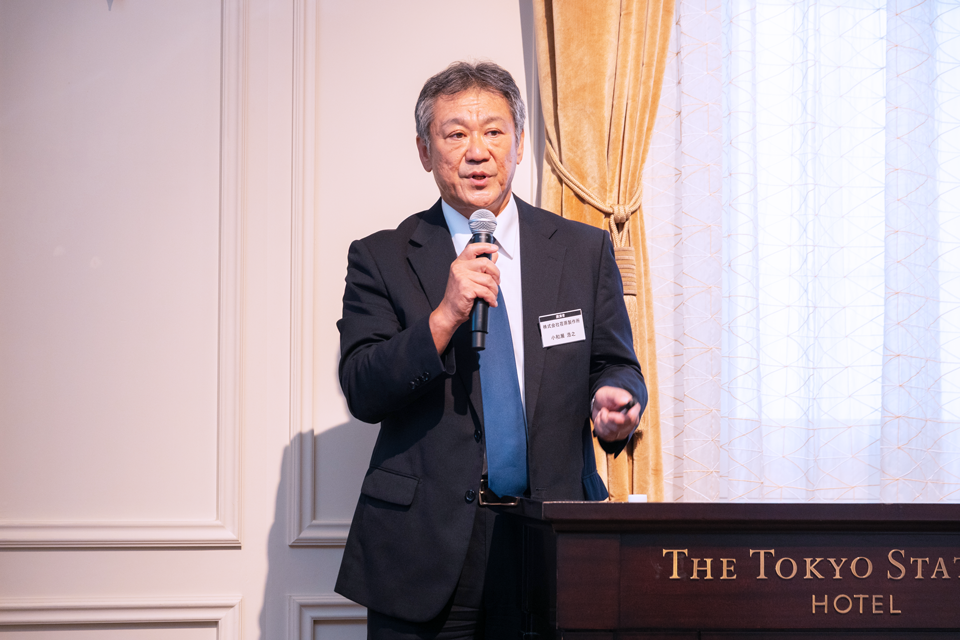
in conclusion
Behind the scenes of Ebara Corporation's DX, we can see the following three conditions for success.
- Don't make DX the goal-Digital is merely a means, and the goal is corporate transformation.
- Fusion of diverse human resources and cultures-Incorporating professionals from different industries to create new value.
- On-site improvements: In parallel with the introduction of new technology, we will thoroughly standardize work and develop human resources.
Mr. Owase's lecture did not just introduce flashy examples of DX, but also candidly shared the difficulties and ingenuity faced on the ground. What emerged from his talk was the universal message that "DX is not about introducing the latest technology, but about fundamentally changing corporate culture."
This series looks at Japanese-style DX from multiple angles. The last one is Kakushin Co., Ltd. Board Director CRO/Evangelist We report on Mr. Amano Shinya's lecture.
Mr. Amano spoke about new forms of sales and product development in the age of generative AI.
▼You can view it here▼
